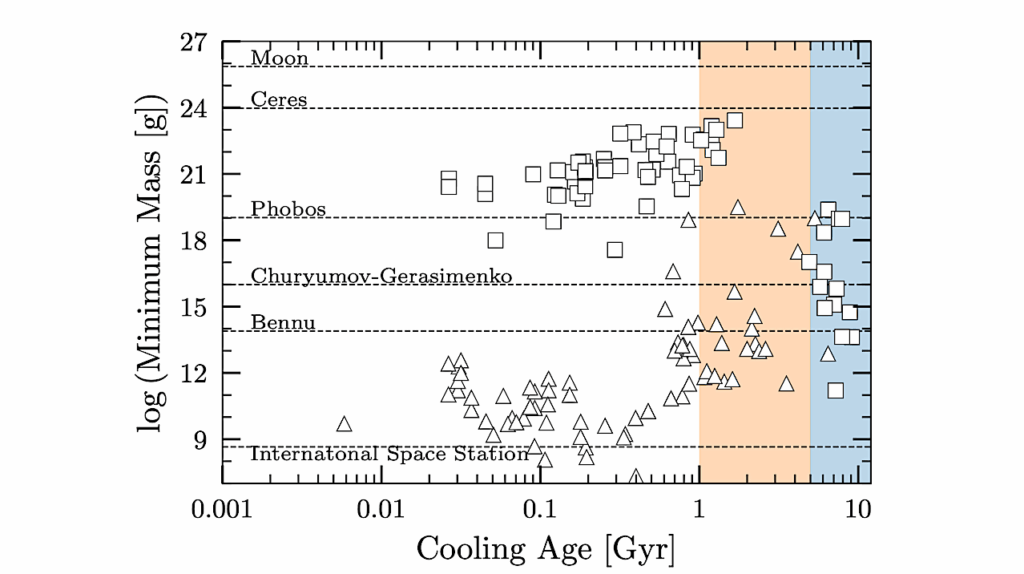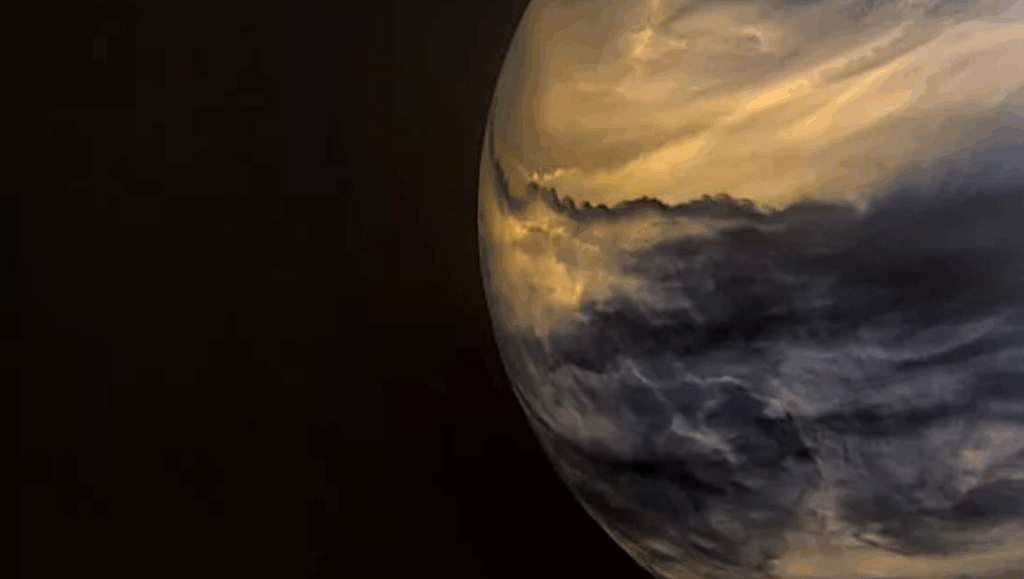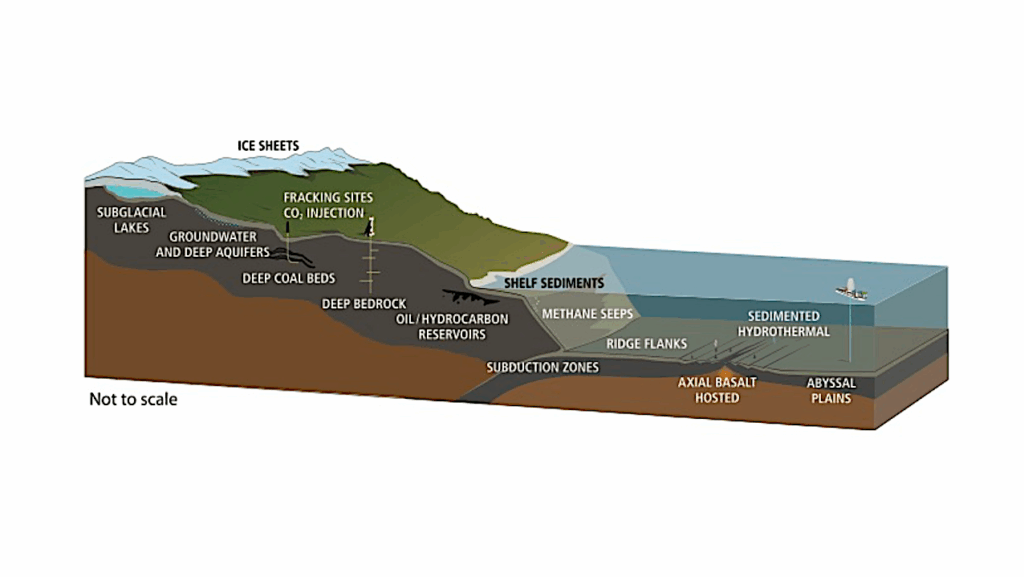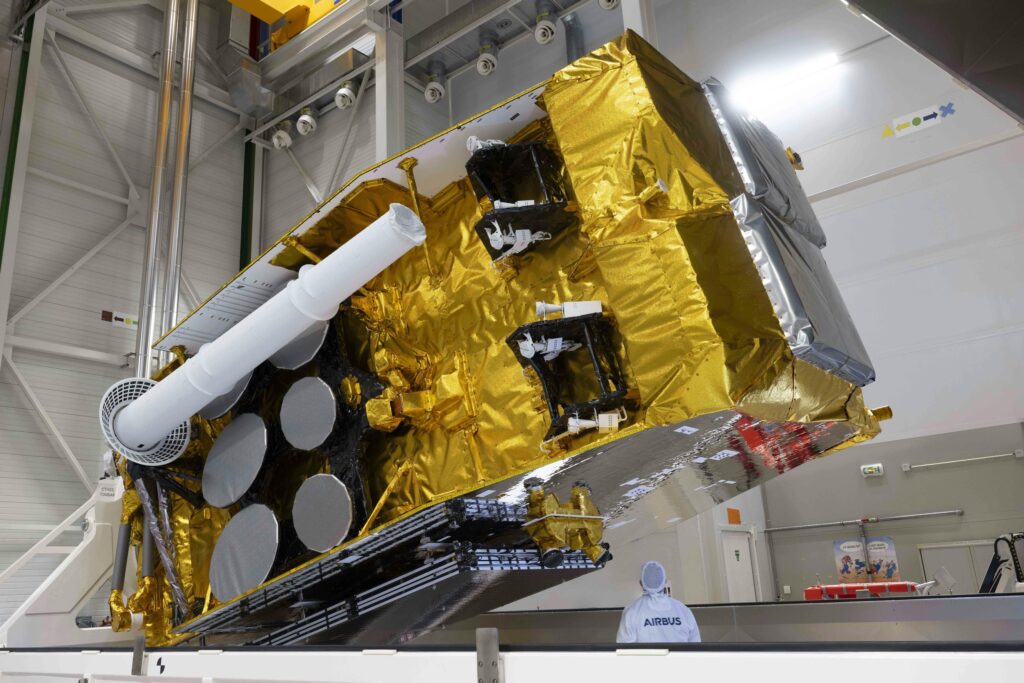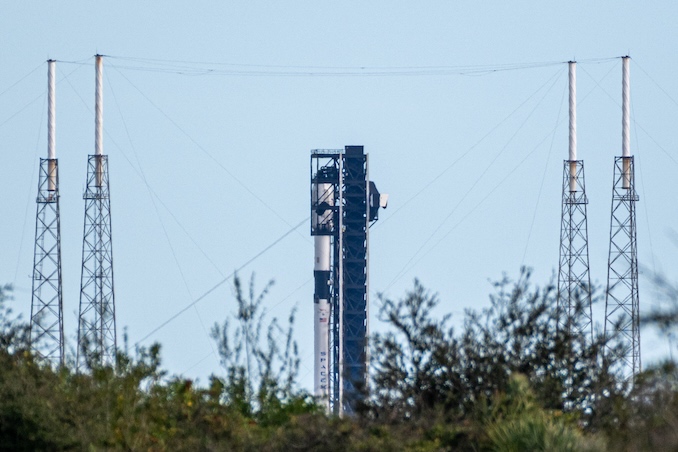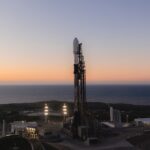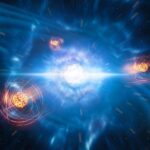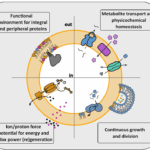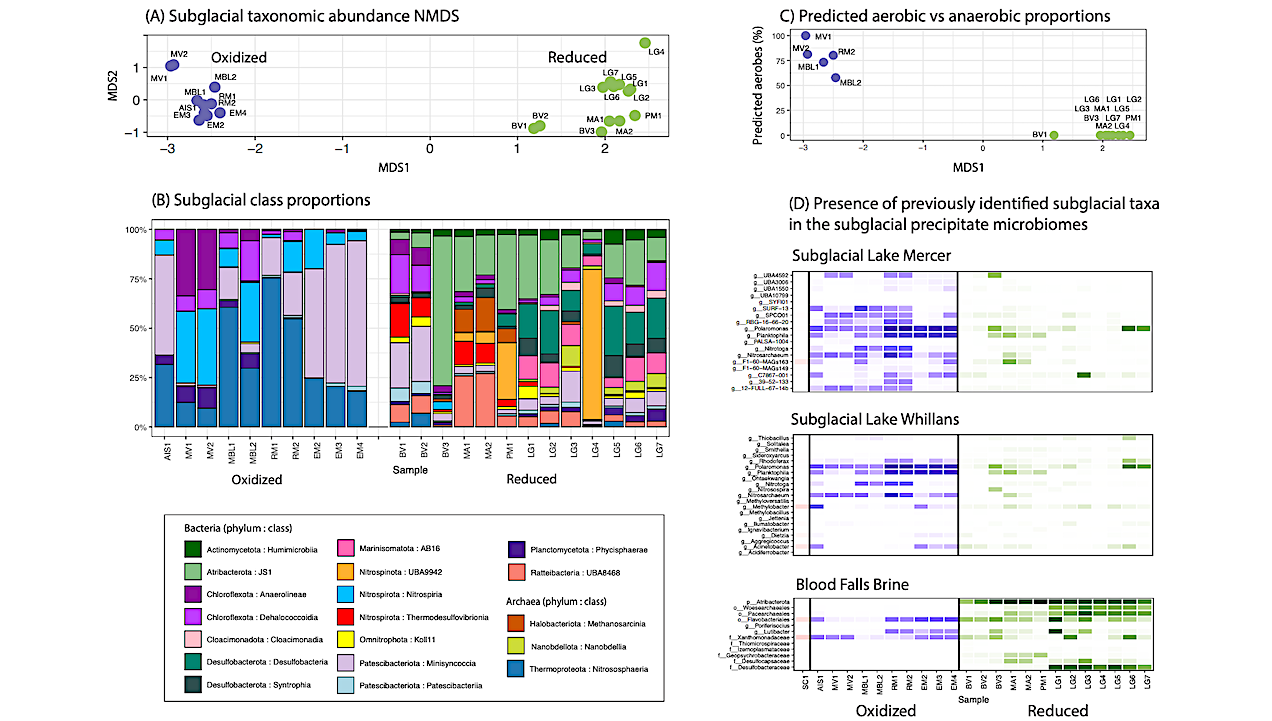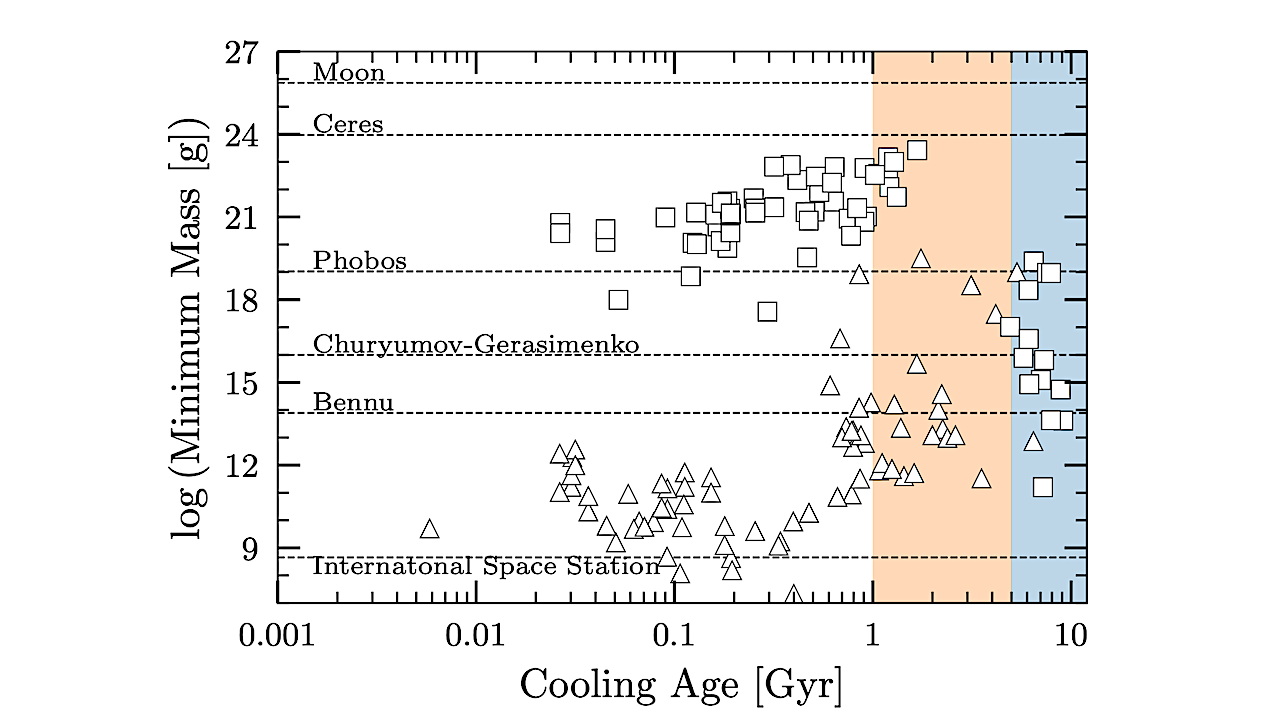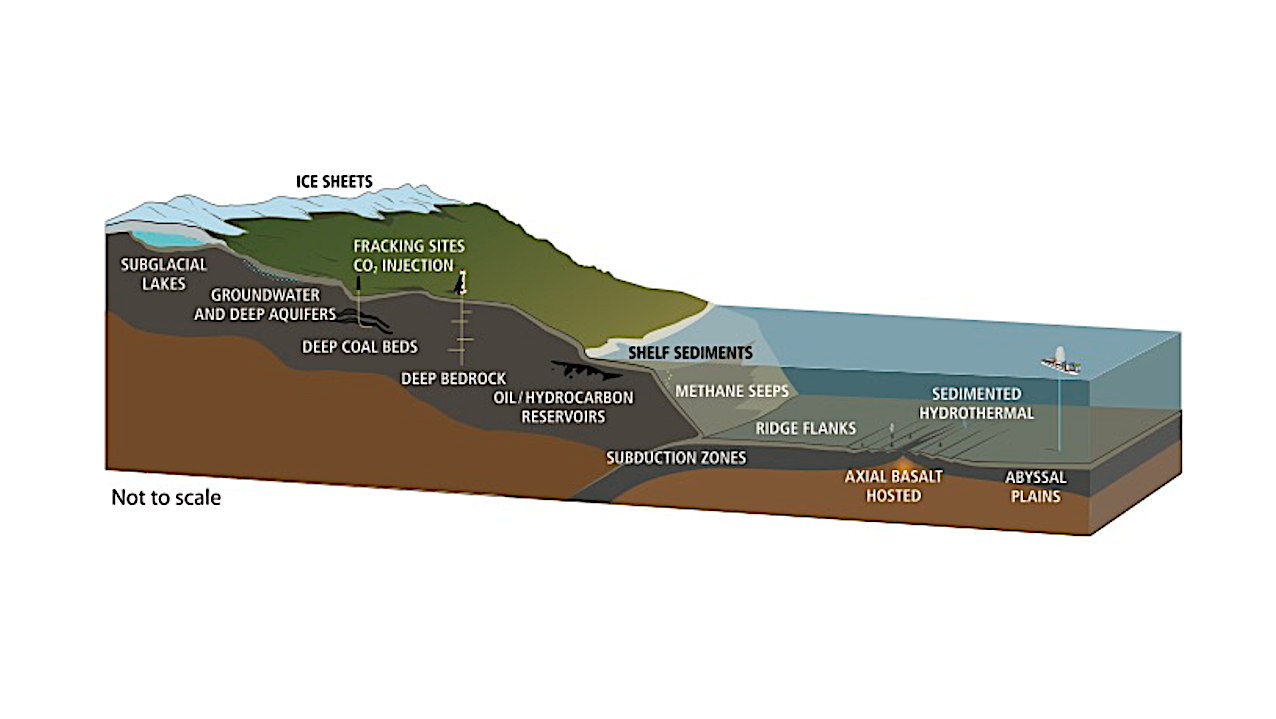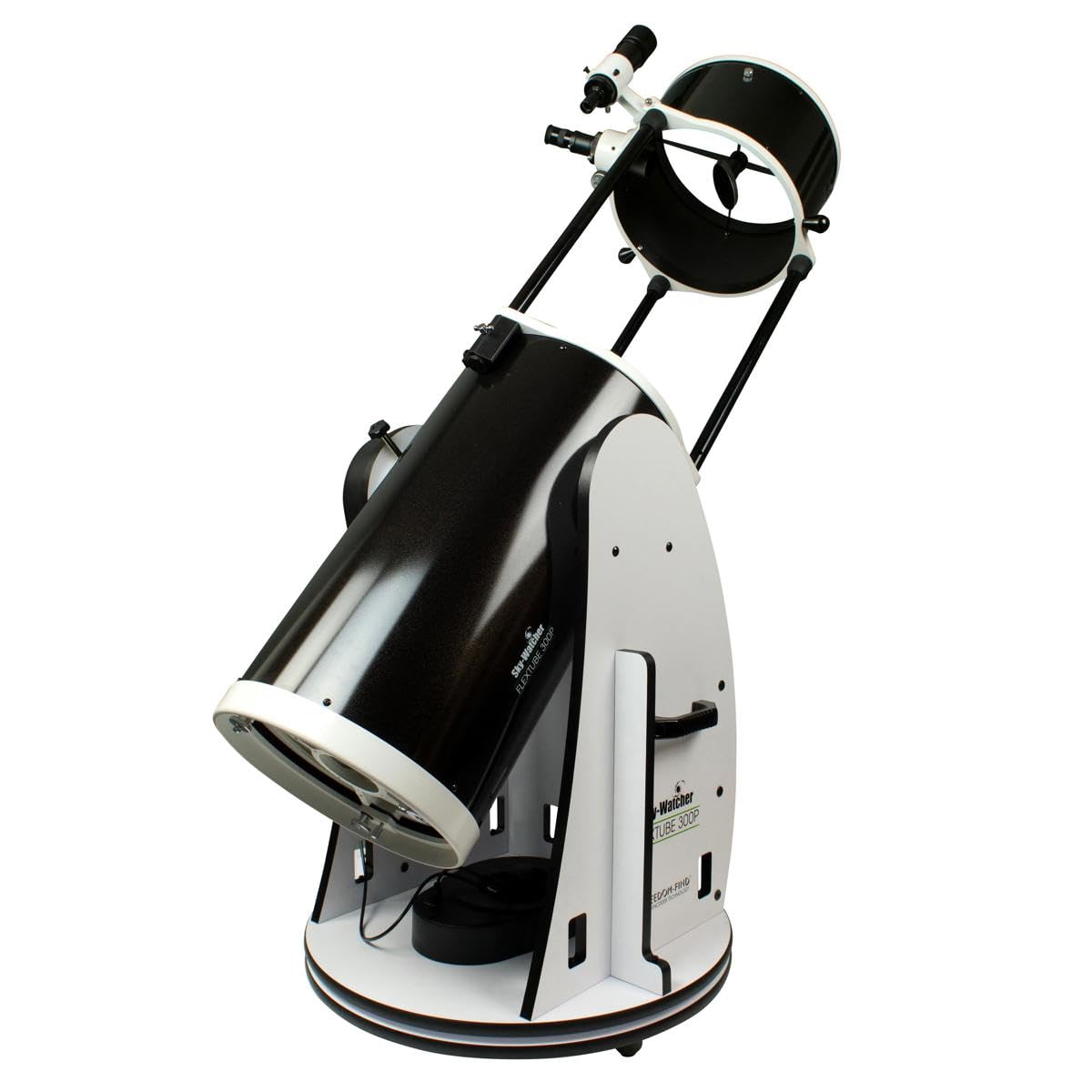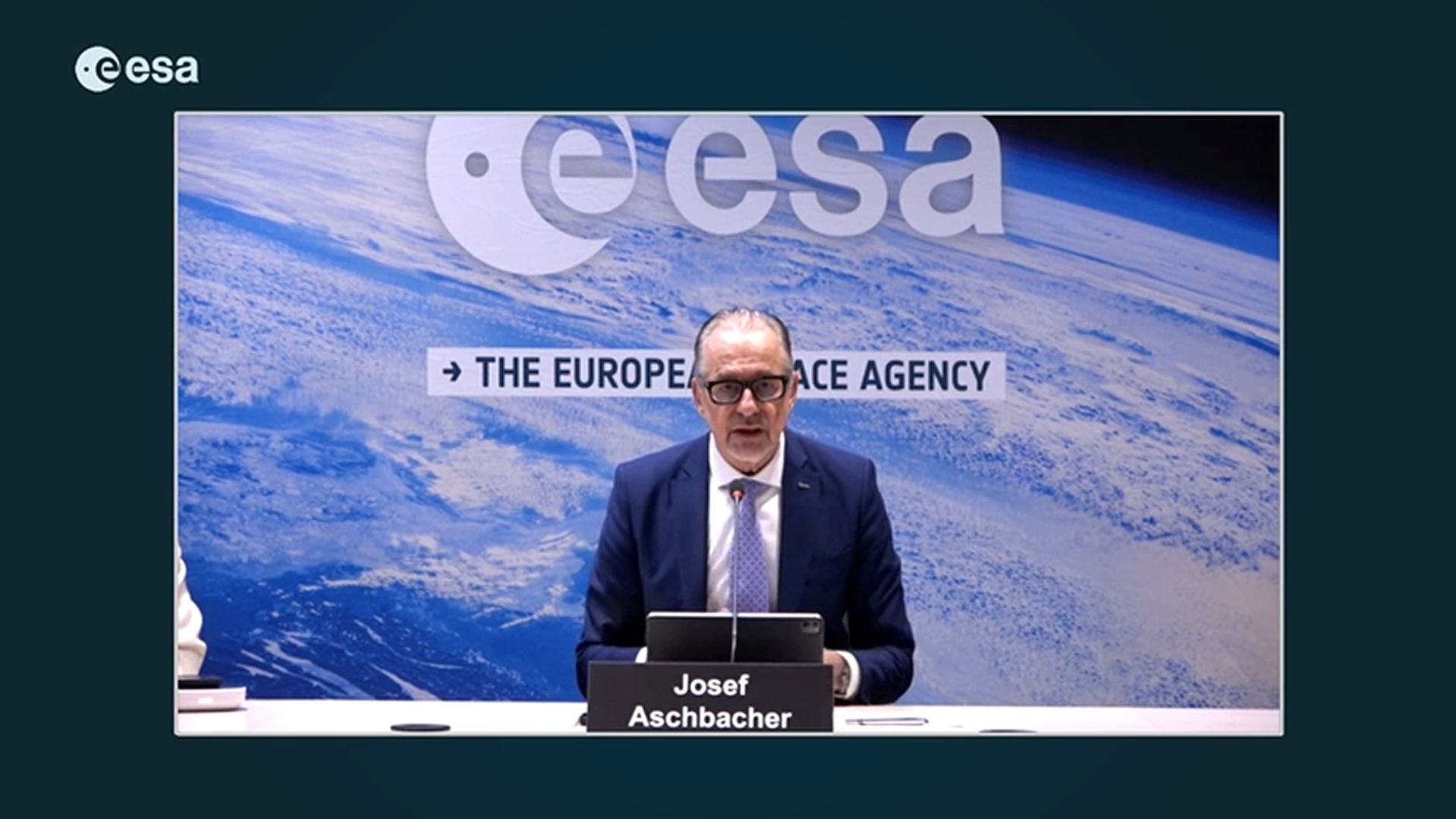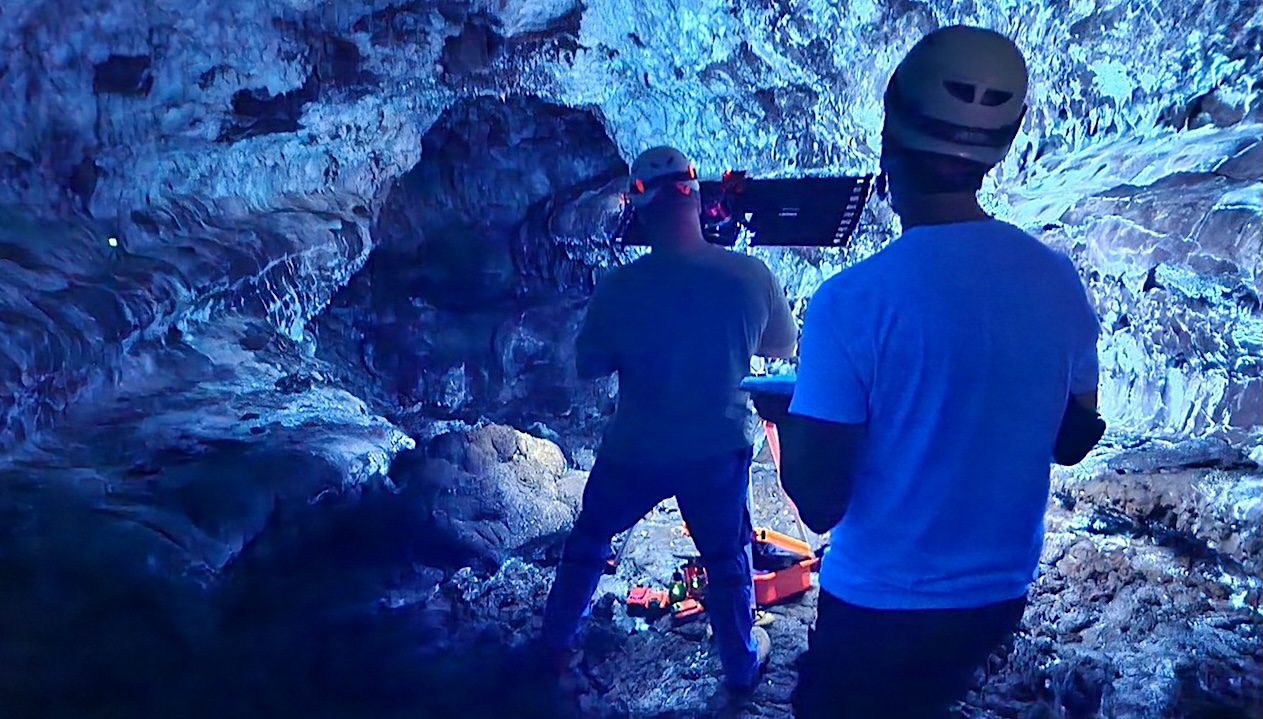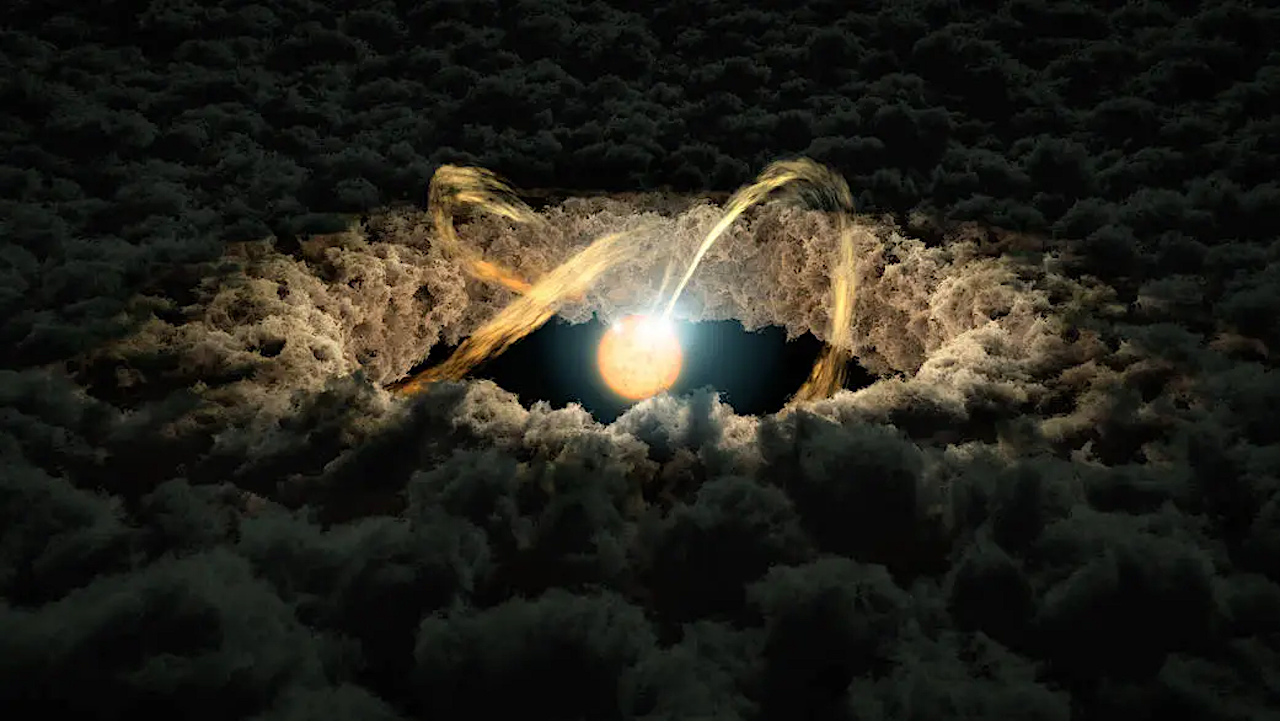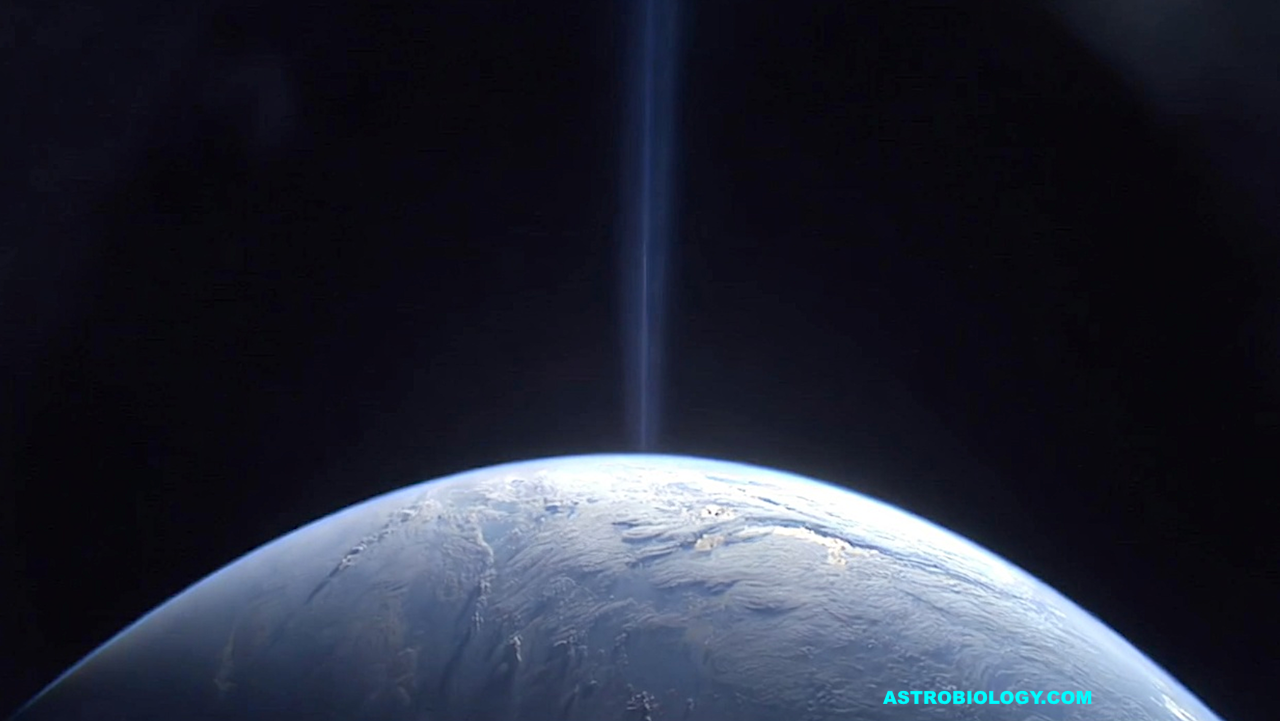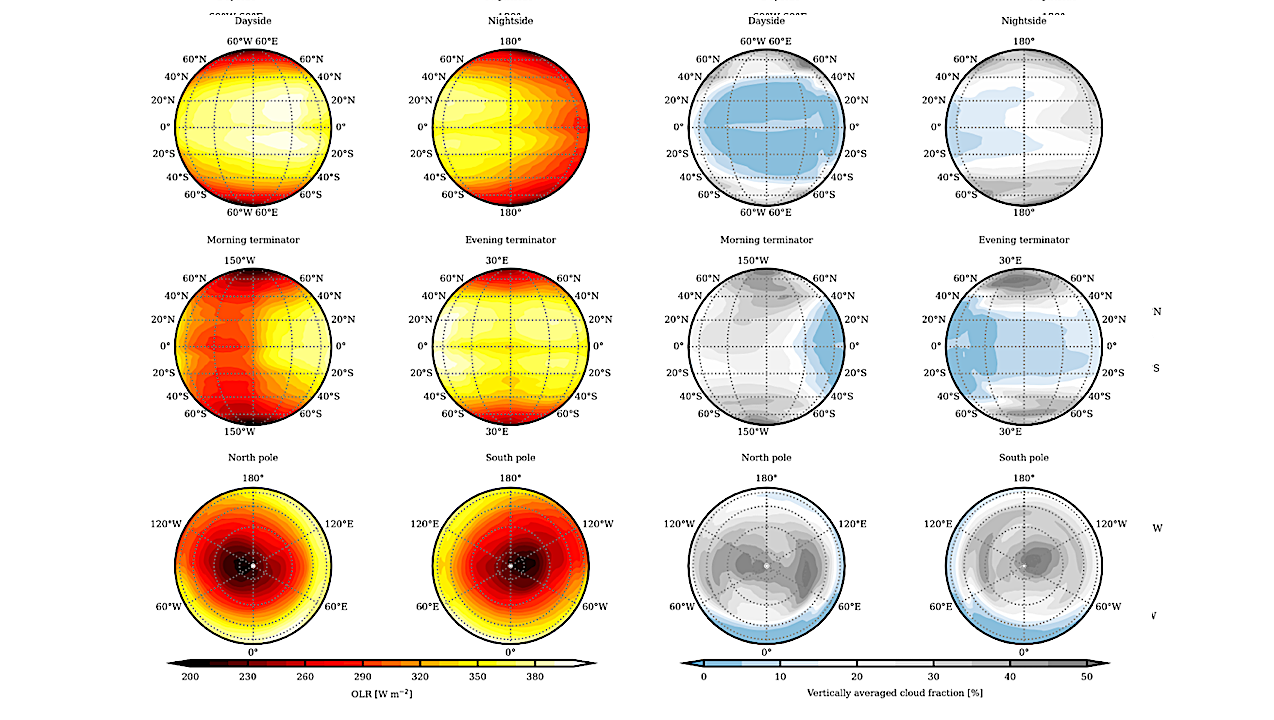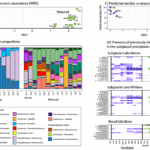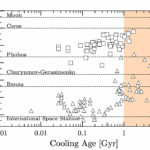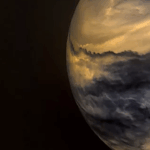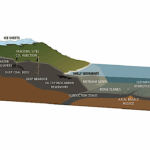MILAN — The European Space Agency announced plans to hire approximately 520 new staff members starting in 2026, following decisions approved at ESA’s 342nd Council meeting earlier this month. The
For most, getting into a car is a task that can be done without assistance. Yet for those whose destination is the moon, the process of getting inside and secured—in
SpaceX is making significant strides in the assembly of its Super Heavy Booster 19 at the Starbase facility, with plans to have the stacking completed by the end of December.
With plans to launch the massive Starship from Florida next year, SpaceX defended its commitment to airspace safety after a Wall Street Journal article claimed an explosive mission in early
The James Webb Space Telescope (JWST) was involved in yet another first discovery recently available in pre-print form on arXiv from Cicero Lu at the Gemini Observatory and his co-authors.
Women Long Sleeve Graphic Shirts: NASA Space Letter Print Crew Neck Tee Embrace your inner explorer with our Women Long Sleeve Graphic Shirt featuring a bold NASA Space Letter Print.
Stephen Scheidt and Zach Morse of NASA’s Goddard Instrument Field Team photograph the inside of a cave in ultraviolet light, Hawaii, September 2022. NASA/Caela Barry Editor’s note: This story is
This illustration shows a star surrounded by a protoplanetary disk. A new study uses data from NASA’s Spitzer Space Telescope and four ground-based telescopes to determine the distance from a
Optical SETI – Grok via Astrobiology.com The searches for other life and for intelligence are fundamental problems that science faces today. Most searches so far have been focused on radio,
Outgoing longwave radiation of six potentially visible hemispheres of the planet. Teegarden’s Star is one of the most promising targets for the first observations of LIFE, as a non-transiting
-
 01From Polymerization-Enabled Folding and Assembly to Chemical Evolution: Key Processes for Emergence of Functional Polymers in the Origin of Life
01From Polymerization-Enabled Folding and Assembly to Chemical Evolution: Key Processes for Emergence of Functional Polymers in the Origin of Life -
 02Two Black Holes Observed Circling Each Other for the First Time
02Two Black Holes Observed Circling Each Other for the First Time -
 03How New NASA, India Earth Satellite NISAR Will See Earth
03How New NASA, India Earth Satellite NISAR Will See Earth -
 04Thermodynamic Constraints On The Citric Acid Cycle And Related Reactions In Ocean World Interiors
04Thermodynamic Constraints On The Citric Acid Cycle And Related Reactions In Ocean World Interiors -
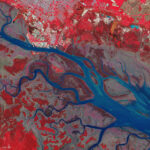 05Φsat-2 begins science phase for AI Earth images
05Φsat-2 begins science phase for AI Earth images -
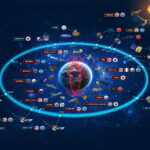 06Hurricane forecasters are losing 3 key satellites ahead of peak storm season − a meteorologist explains why it matters
06Hurricane forecasters are losing 3 key satellites ahead of peak storm season − a meteorologist explains why it matters -
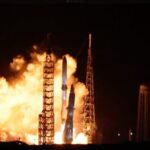 07U.S. Space Force awards $13.7 billion in new national security launch contracts to Blue Origin, SpaceX and ULA
07U.S. Space Force awards $13.7 billion in new national security launch contracts to Blue Origin, SpaceX and ULA


